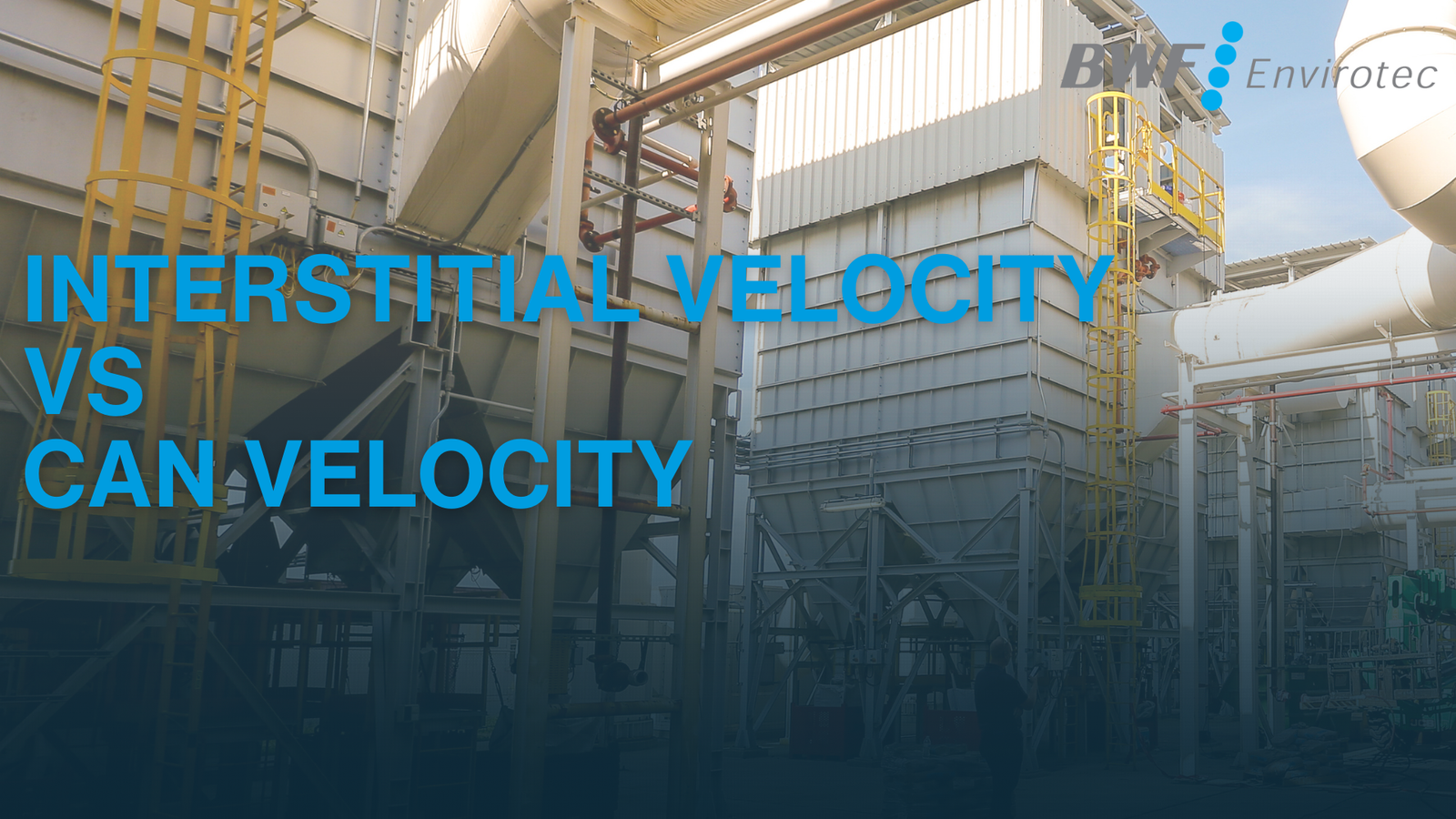Baghouse Maintenance Checklist

Baghouse dust collector maintenance is essential to ensuring your processes run smoothly and efficiently while maintaining the health and safety of your team and your community. By staying consistent with your baghouse inspections and cleanings, you can identify potential issues early, minimizing costly downtime and keeping production rates stable.
Routine maintenance goes beyond merely preventing downtime—it actively contributes to the longevity of your equipment. Proper care reduces wear and tear on critical components, extending the life of your filter bags and system hardware. It also ensures that your baghouse operates at peak efficiency, helping you maintain lower energy costs and meet emissions regulations. Neglecting these tasks, on the other hand, can lead to costly repairs, unplanned shutdowns, and potential compliance issues.
Potential problems in dust collectors can range from torn filter bags and clogged hoppers to malfunctioning cleaning systems and leaks in the housing. These issues can escalate quickly, causing inefficiencies, increased energy consumption, and even complete system shutdowns. By using this maintenance checklist consistently, you can identify and address these problems before they become critical.
DAILY BAGHOUSE MAINTENANCE
Inspect Dust Collector Condition: Examine the baghouse for visible wear, leaks, or any signs of abnormal operation. Early detection can prevent minor issues from escalating.
Monitor Differential Pressure: Record the differential pressure, ensuring it stays within the ideal range of 3”–4” of water column. Deviations could indicate clogged filters or leaks.
Check Hopper Operation: Verify that the hopper discharge system is working effectively to remove collected dust, preventing blockages or overflow.
WEEKLY BAGHOUSE MAINTENANCE
Inspect Filter Bags: Look for tears, holes, or other damage in the filter bags, and ensure all bags are securely and properly seated.
Check Cleaning System Functionality: Confirm that all cleaning system valves fire and seat correctly during operation. Malfunctioning valves can compromise efficiency.
Examine Hoses and Connections: Inspect air lines, hoses, and connections for leaks or signs of wear to maintain consistent performance.
Observe Dust Removal Efficiency: Monitor the dust discharge to ensure the collected material is being removed without issue.
Listen to Cleaning Cycle: Pay attention to the cleaning sequence to detect irregularities that might signal mechanical problems.
MONTHLY BAGHOUSE MAINTENANCE
Inspect Compressed Air System: Check filters and water traps in the compressed air system to ensure proper operation and avoid moisture buildup.
Check Bag Tensioning: Perform spot checks on the tensioning of reverse air and shaker bags, making adjustments if necessary to optimize performance.
Test Timer Board: Verify that the timer board is operating correctly, maintaining the proper cleaning sequence.
Inspect Valves: Monitor solenoid and diaphragm valves to confirm they are firing as expected and maintaining cleaning efficiency.
Inspect Drive Assemblies: Examine the condition of fan drives and moving parts in screw conveyors or shaker mechanisms, lubricating or repairing as needed.
Spot Check Bags: Perform random checks of bag installations to identify and correct any misalignment, wear, or improper seating.
QUARTERLY BAGHOUSE MAINTENANCE
Inspect Door Seals and Gaskets: Check all door gaskets and seals to ensure they provide an airtight fit, minimizing air leaks.
Monitor Inlet Temperature: Confirm that the baghouse inlet temperature aligns with the requirements of your specific process.
Perform Full Bag Inspection: Conduct a thorough examination of all filter bags and cages for signs of wear, holes, or damage.
Test for Leaks: Use leak detection methods to identify any bag or housing issues, addressing them promptly to prevent emissions breaches.
Check Ductwork for Build-Up: Inspect ducts for dust accumulation and clean them to maintain unrestricted airflow.
Calibrate Monitoring Equipment: Ensure opacity monitors and other emission control devices are properly calibrated to meet compliance standards.
